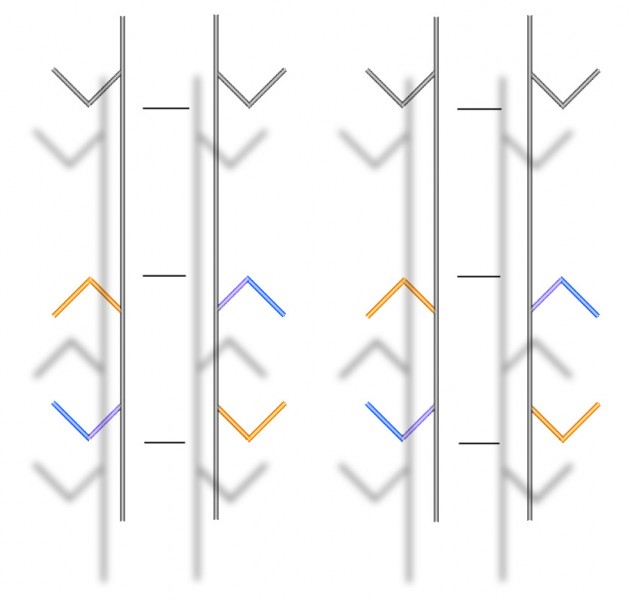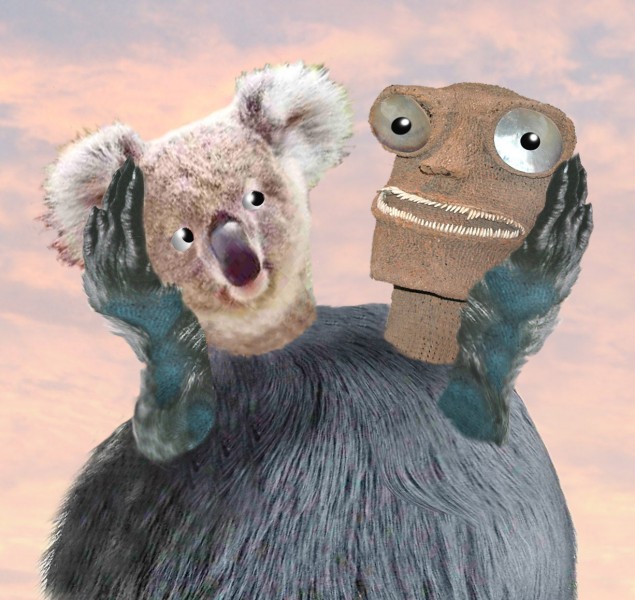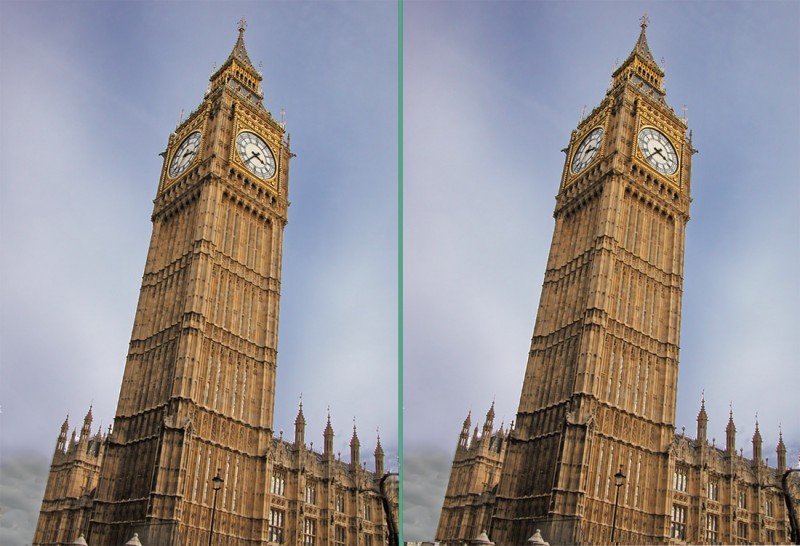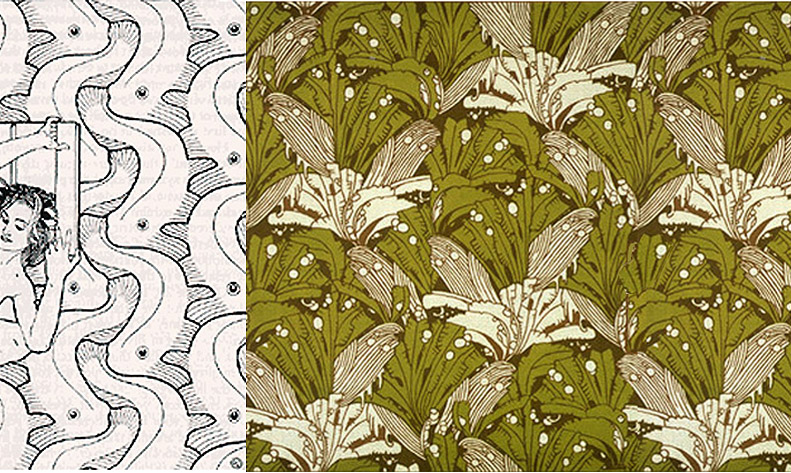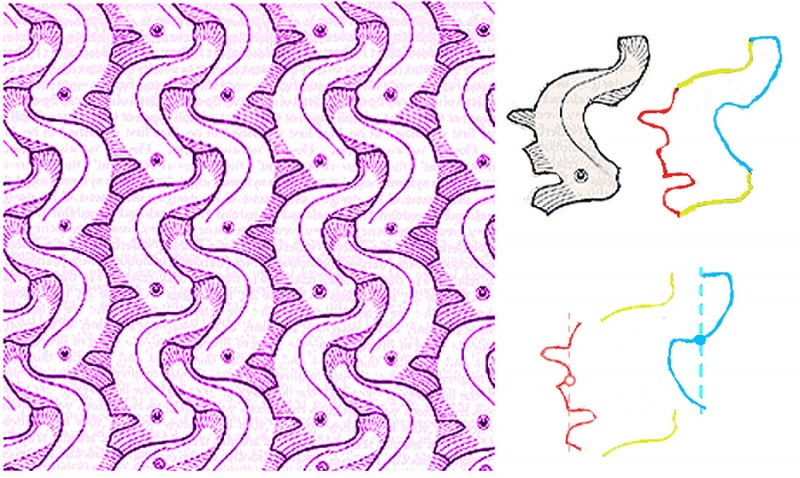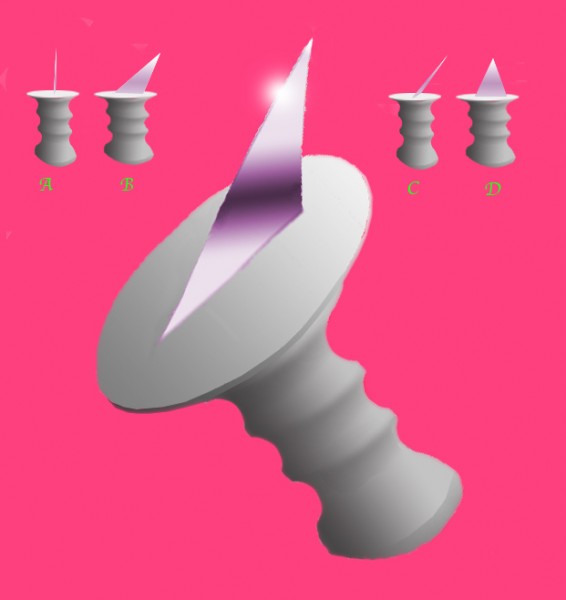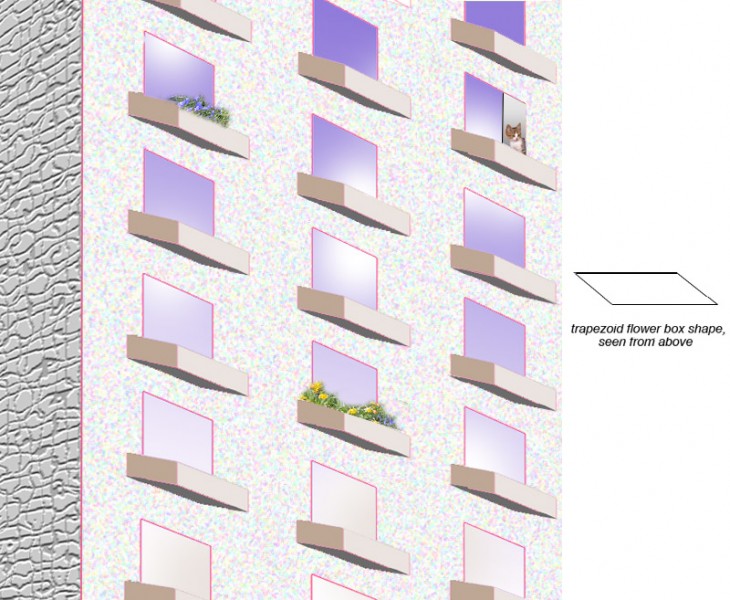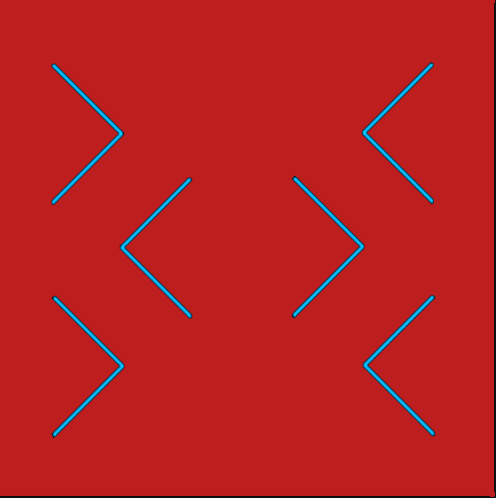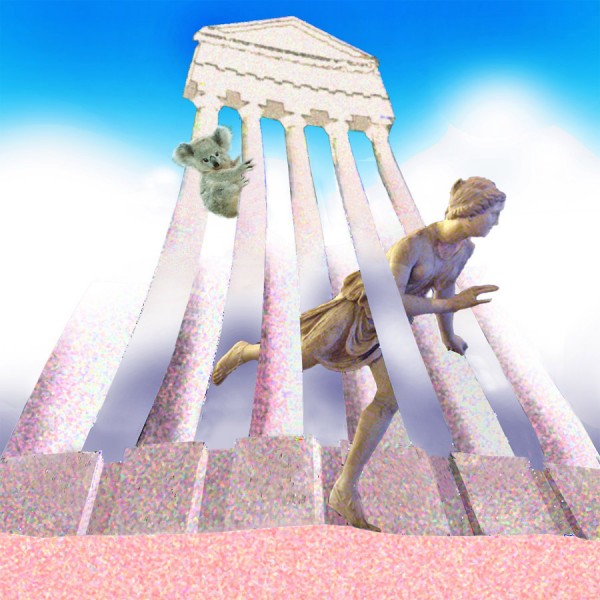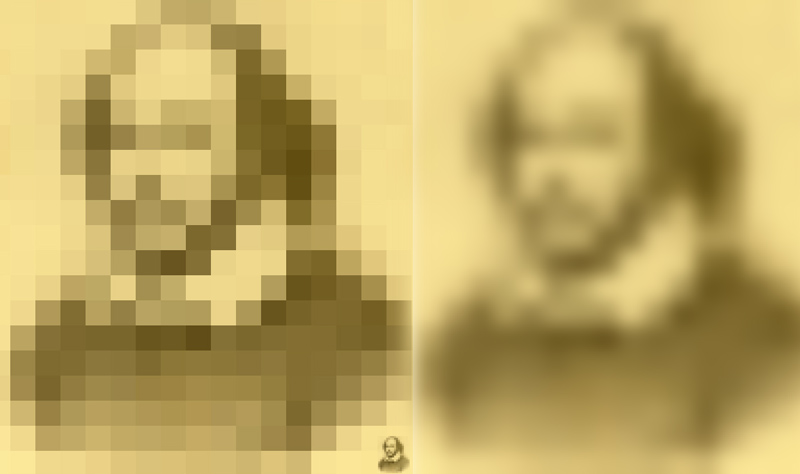This is a stereo picture-pair, but you can see what’s happening here without having to view the images in 3D if you prefer. However, if you’ve not got the knack, and would like to practice on this post, here’s how. Hold up a pen about in the middle, between the two pictures, and about five inches from your eyes (careful!). If you now try to focus on the tip of the pen, you’ll notice that the blurry image of the figure has doubled. Now move the pen-tip away from your eyes, and notice that the two blurry middle images of the figure are beginning to overlap. Once they overlap (probably when the pen-tip is something like ten inches away from your face), see if you can get them to overlap exactly, and then come into focus. If that doesn’t work, try this great tutorial on another site. Or try our earlier post about stereo picture pairs.
If you’ve got it, you should see the parallel vertical bars and their attachments floating in front of a surface with their shadows thrown on it. You’ll see the same if you view the image normally, but not with the illusion of 3D. So what’s going on?
It’s a much stronger version of some paradoxical effects I showed in an earlier post. The tips of the arrowheads are all objectively exactly the same distance apart, as indicated by the horizontal lines aligned with them in between the vertical bars. But that’s not how they appear if you look at the arrowheads: the inward pointing arrows look much further apart than the outward pointing ones. (That’s the Mueller-Lyer illusion). But now check out the lower, coloured arrowheads. The coloured arms that contact the vertical bars are objectively aligned, but appear not to be – the upper arm in each case seems shifted a bit upward, and the lower arm a bit downward. (That’s the Poggendorff illusion). For the arms to appear out of alignment like that, you’d imagine the arrowheads must move further apart. But that’s exactly the opposite of what the Mueller-Lyer illusion is making them seem to do.
